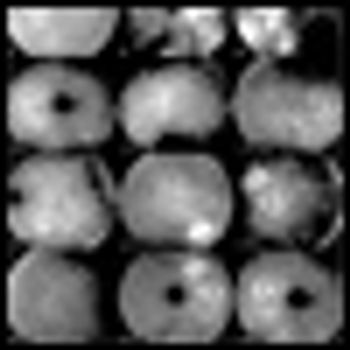
Preliminary findings from a phase III, multicenter trial show that adding a novel cancer vaccine-called gp100:209-217(210M) peptide-to standard therapy doubles response rates and extends progression-free survival in patients with metastatic melanoma, without causing significant side effects (abstract CRA9011).


















































































